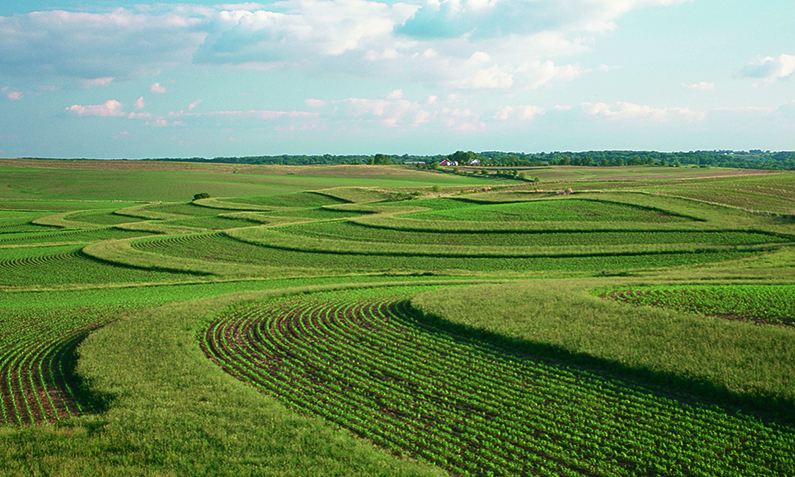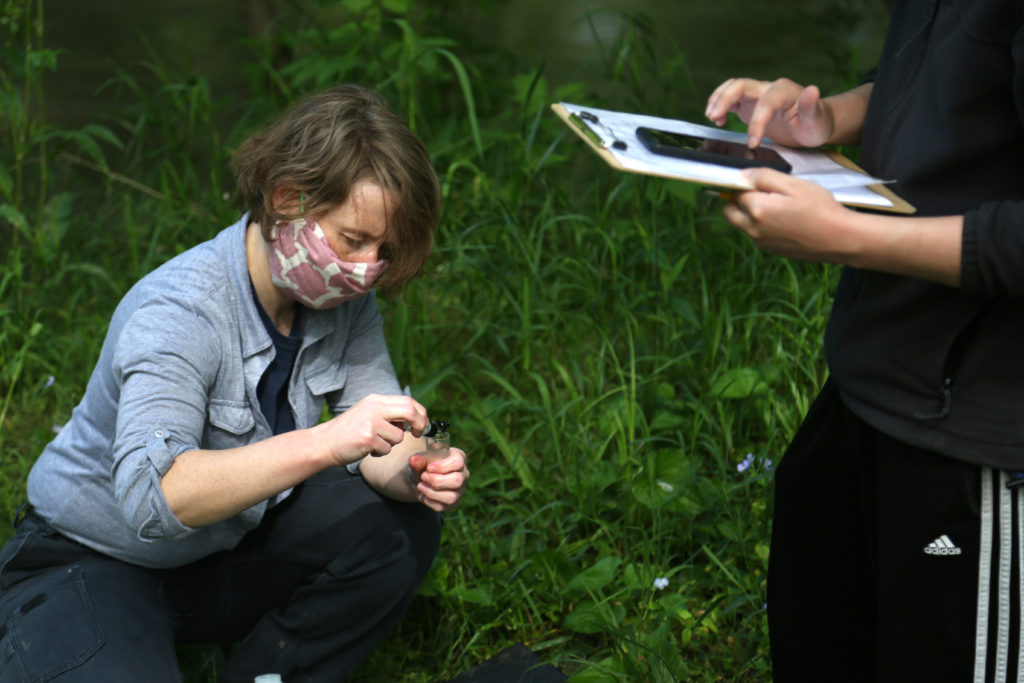According to City of Ames Municipal Engineer Tracy Warner Peterson, “Much more can be achieved as we work in collaboration rather than have all of the weight on one organization’s shoulders. The vast knowledge of team members through the collaboration brings together so much more potential than if we were each independently working to improve water quality.”
A primary goal for the plan’s creation includes supporting the quality of life in Story County by aligning water quality monitoring efforts with recreational, environmental education and watershed improvement projects. Secondly, the team plans to provide residents with tools to understand water quality concerns and solutions while actively participating in citizen science to improve local streams and lakes. “As water quality information becomes more available, land owners/residents in the watershed can then learn what we are each able to do to reduce nutrients thereby improving water quality that results in healthier habitat and enhanced recreational opportunities in our communities,” states Peterson.
Creeks run through many of the county’s public lands, city parks and backyards. They can be full of fish or lifeless, clear or muddy and choked with algae, safe for kids to play in or full of pollutants depending on the water quality as runoff enters the watershed.



